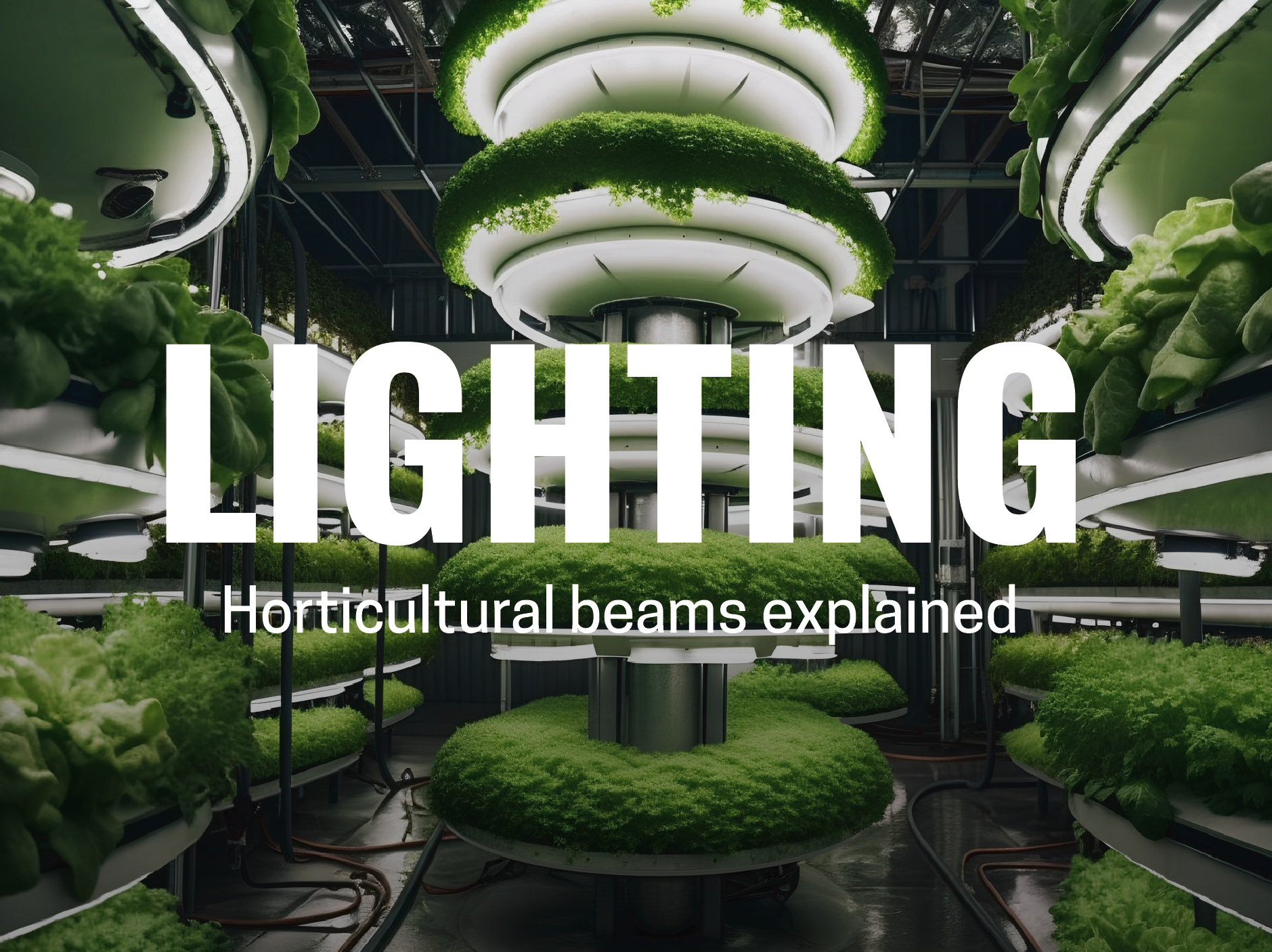The Benefits of Foliar Feeding: A Guide to Nourishing Your Plants

As gardeners, we often focus on the soil as the primary source of nutrients for our plants. However, there’s an equally effective method that can enhance plant health and boost growth: foliar feeding. This technique involves applying nutrients directly to the leaves of plants, allowing for rapid absorption and immediate benefits. In this post, we’ll explore what foliar feeding is, its advantages, the best practices, and how to get started.
What is Foliar Feeding?
Foliar feeding is the practice of spraying a nutrient solution directly onto the foliage of plants. The leaves absorb the nutrients through their stomata and cuticles, leading to quick results in terms of growth and health. This method is particularly useful for providing micronutrients and for plants that may have difficulty accessing nutrients in the soil.
Why Choose Foliar Feeding?
1. Rapid Nutrient Absorption
Foliar feeding allows plants to take up nutrients quickly. This is especially beneficial during critical growth phases, such as flowering or fruiting, when plants need a boost.
2. Correcting Nutrient Deficiencies
If your plants are showing signs of nutrient deficiencies—such as yellowing leaves or poor growth—foliar feeding can provide an immediate remedy. Nutrients like magnesium, iron, and calcium are often best delivered through the leaves for quick correction.
3. Improved Plant Health
By supplementing with foliar feeds, you can enhance overall plant vitality. Healthier plants are more resilient to pests, diseases, and environmental stressors.
4. Reduced Soil Dependency
Foliar feeding can reduce the need for frequent soil amendments, making it a practical solution for urban gardens or containers where soil quality may be compromised.
5. Less Waste
Unlike traditional soil fertilization, where nutrients can leach away or become unavailable, foliar feeding delivers nutrients directly where they’re needed, minimizing waste.
Best Practices for Foliar Feeding
1. Choose the Right Time
The best time to foliar feed is early in the morning or late in the afternoon. This timing helps to avoid evaporation and allows plants to absorb nutrients more effectively. Avoid hot, sunny days, as the high temperatures can cause the solution to evaporate quickly.
2. Dilute Nutrients Properly
Follow the manufacturer's instructions when mixing nutrient solutions. Concentrated solutions can burn leaves, while overly diluted solutions may not provide adequate nutrients.
3. Use a Fine Mist Spray
Use a spray bottle or garden sprayer that produces a fine mist. This helps to ensure even coverage and reduces the risk of water pooling on the leaves, which can lead to fungal issues.
4. Target the Undersides of Leaves
Many plants absorb nutrients more effectively through the undersides of their leaves, where stomata are more concentrated. Make sure to spray both sides for optimal results.
5. Monitor Plant Response
Keep an eye on your plants after foliar feeding. Look for signs of improved growth or any adverse reactions. Adjust your nutrient solution and frequency based on your observations.
Nutrients for Foliar Feeding
1. Micronutrients
Micronutrients like iron, magnesium, and zinc are often the best candidates for foliar feeding. They play crucial roles in photosynthesis and overall plant health.
2. Liquid Fertilizers
Many liquid fertilizers are designed specifically for foliar application. Look for products that are water-soluble and easy for plants to absorb.
3. Organic Options
If you prefer organic gardening, consider using fish emulsion, seaweed extracts, or compost teas as foliar feeds. These options can provide a balanced array of nutrients while promoting beneficial microbial activity.
Conclusion
Foliar feeding is a powerful technique that can enhance your gardening results by providing quick nutrient access and improving plant health. Whether you’re addressing deficiencies, boosting growth during key stages, or simply aiming for lush, vibrant plants, incorporating foliar feeding into your routine can yield significant benefits.
As with any gardening practice, monitoring your plants' responses is crucial to optimizing this technique. With a little experimentation and observation, you’ll be well on your way to becoming a foliar feeding expert. Happy gardening!


